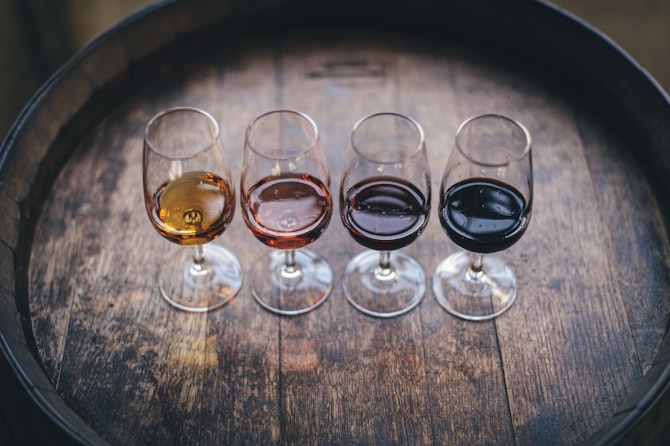In my mailbox today was a little package. From the weight and size I knew it couldn't be two wine bottles, but still, the sender was an importer (as a writer I do receive wine samples from time to time). I chucked it in my purse and headed out on a boat to the summer house on the island where I'm currently trying my best to wind down. Well, surprise. The package did in fact contain two bottles of wine. They were simply in PET bottles and thus nearly a kilo lighter than their glass equivalents.
Wine in PET bottle has not been a big hit so far, but the selection and interest is on a slow and steady increase. At the Swedish monopoly, there are currently 22 different wines available in PET. M&S's is increasing their PET offerings, and both Sainsbury's and Waitrose have bottles on the shelves. Unfortunately, until today, I haven't tried any I would actually drink.
What's the point of PET and why is it good if this becomes an increasingly common feature? Well, a huge factor is weight, as I noticed with my package. One of the main sources of wine's carbon footprint is transportation from the vineyard to the point of sale. If you reduce the weight of each bottle from ca 400 g to the 54 g of the average PET bottle, that is a huge savings on fuel use. Secondly, the plastic is recyclable. It might not feel like an environmental advantage to switch from (also recyclable) glass to plastic, but in fact, it is. Sweden used to have a system of identical glass bottles which could be washed and re-filled. With this system, the energy expenditure for the recycling was low. Now, to melt down the glass to make new ones requires more energy than to melt and remake PET bottles. A third advantage is not environmental - it's for all us outdoorsy Swedes who want wine when we hike or bike or go sailing. The PET bottles weigh less, take up less space and do not break (which is why my package did not need special wrapping or boxing up). Might be equally interesting to the Brits for all the outdoor festivals?
What are the disadvantages? Well, for one it looks and feels a bit cheap. Cheap, mass market wines tend to be the content, which does not make me very interested in these wines either. A majority I have tried have been downright awful. The wines are for more or less immediate consumption since plastic is permeable and lets oxygen through. The wine keep its freshness for up to six months but hardly more than that, though new, smart PET bottles with oxygen barriers improve storage possibilities. Nevertheless, it is best to look for PET that is shipped in tank (= even more carbon savings) and bottled close to the country where you are buying it. Also look for the stamp on the bottle to see how long ago it was filled, though these are sometimes coded.
The positive surprise with my sample bottles, which prompted this post, was that the wine (only tried the Syrah so far) was quite drinkable. Good, even. There is a first for everything! Still not a complex, complicated wine, but a good, quaffable red for the BBQ. The one we opened, my sister and I, by the grill on the island was the Syrah "Sepia" from Chilean producer Vina Vistamar. It's the first Reserva I have seen in PET, and at an attractive price (59 SEK, nr 2134). Nice fresh black fruit, a touch of oak and a surprisingly well integrated 14.5% alcohol. If you are going to drag one PET wine with you on a hike this summer, and you are choosing from the ones released at Systembolaget, I would make it this one. It wouldn't hurt if we took wine a bit more lightly at times.
Av: Erica Landin











